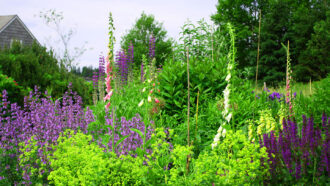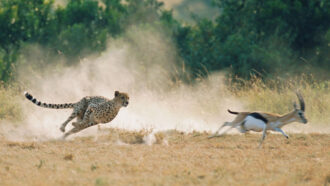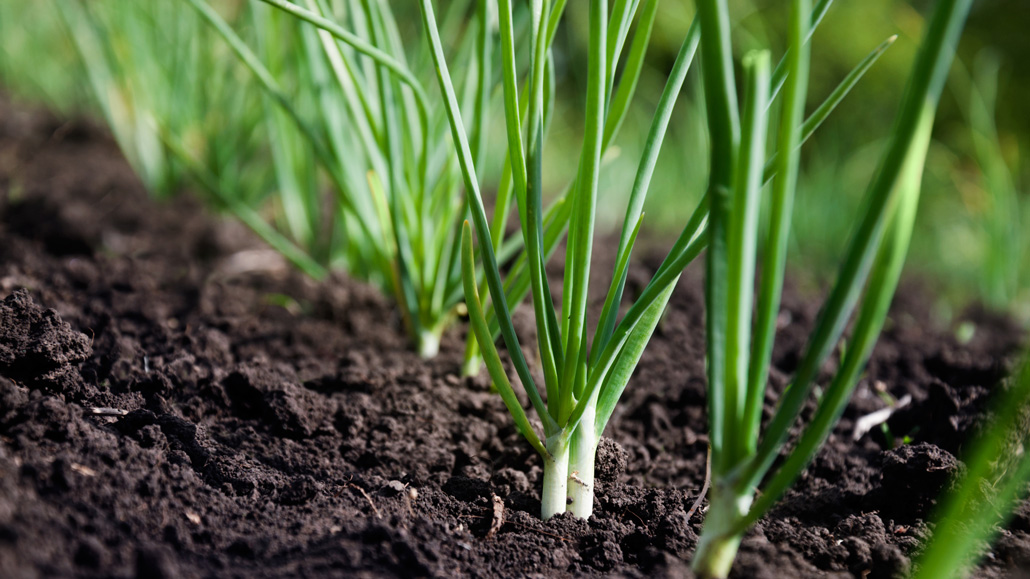
Environment
Fungi help rescue crops being harmed by microplastics
Microplastics in the soil hinder plant growth. But two finalists at Regeneron ISEF found that fungi and farm waste can reduce the harm.
Come explore with us!

Microplastics in the soil hinder plant growth. But two finalists at Regeneron ISEF found that fungi and farm waste can reduce the harm.
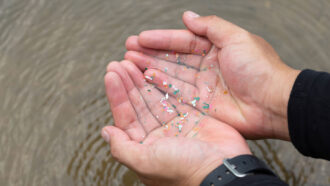
This interplay between plastics and metals could affect how each affects the environment — and suggests opportunities for controlling their risks.

Rubisco is a key protein in the process of photosynthesis, which feeds plants — and, in turn, us.
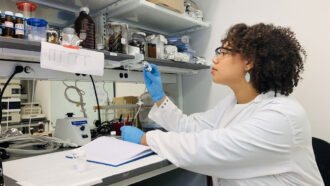
Imari Walker says her journey as a scientist and science communicator lets her talk about and advocate for her passion.
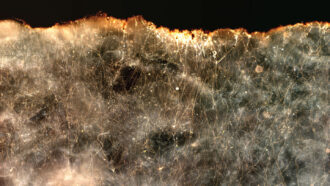
Long, thin bacteria that conduct electricity may be able to help clean up oil spills and reduce emissions of methane, a powerful greenhouse gas.
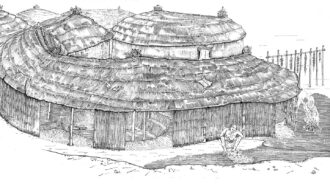
Evidence from the dung may push the onset of animal raising back 2,000 years earlier than previously thought.

Teamwork makes green-work! Collaborating scientists came up with an electrifying farming trick that could make sunlight optional.
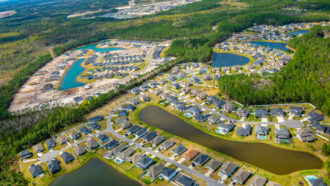
Younger stormwater ponds can release more carbon in gases than they absorb, a study finds. That could aggravate global warming.

Data show a major class of long-used “eco-friendly” copper chemicals unexpectedly react with soil, making gases harmful to Earth’s protective ozone layer.

This word can refer to rotting flesh or the transformation of radioactive atoms.
